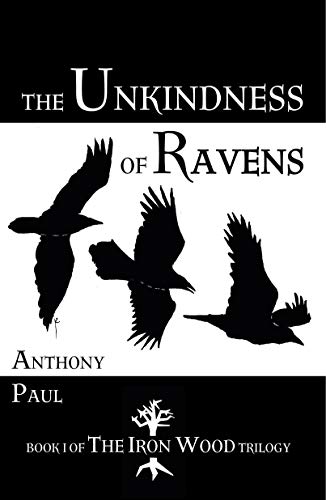Selected Sonnets and Other Lyrics by Gerard Manley Hopkins
Page 5 of 21 - 1 2 3 4 5 6 7 8 9 10 11 12 13 14 15 16 17 18 19 20 21 Purchase full notes for £5.95 (aprox $9.28)
A Note on Hopkins’ Use of Sonnet Form
The sonnet form was invented by the thirteenth century Sicilian poet, Jacopo Notaro, and later made particularly popular by the Italian poet Petrarch. The ‘Petrarchan’ or Italian sonnet is based on an 8-line + 6-line structure, in which, traditionally, the first eight lines (the octet or octave) describe a problem which is resolved in the final six lines (the sestet). The ninth line is called the volta or ‘turn’ as the resolution begins. There are endless variations on this basic idea: many of Hopkins’ sonnets have a meditation on nature in the octet, then a religious application of the sonnet’s theme in the sestet.
Other writers (notably Shakespeare) produced variations on this basic form, but Hopkins always uses the Italian structure, so these are of no importance here. The rhyme scheme of the octet is fixed as two identical quatrains rhyming ABBA+ABBA. The sestet can vary, but Hopkins’ usual preference was for CDC+DCD.
The sixteenth century Italian poet, Francesco Berni, invented an extended sonnet, usually called a caudate sonnet or ‘tailed’ sonnet, which has twenty lines. Before Hopkins, the only significant example in English Literature is On the New Forcers of Conscience under the Long Parliament by John Milton – ironically a decidedly Protestant and anti-Catholic piece. The caudate sonnet continues after the fourteenth line with a half line rhyming with the preceding line; a couplet follows, then a further half line rhyming with the preceding line, then a final couplet. The complete structure is ABBA+ABBA+CDE+DEC+CEE+EFF. Variation is possible in the sestet, and Hopkins’ Tom’s Garland rhymes from the sestet CCD+ CCD+DEE+EFF. His longest ‘sonnet’ That Nature is a Heraclitean Fire… is a variation on the tailed sonnet, which adds a further three line coda to make a rhyme scheme of ABBA+ABBA+CDC+ DCD+DEE+EFF+FGG.
Hopkins also invented a new form, which he called a curtal, or shortened, sonnet which was exactly three-quarters the length of a traditional sonnet. This is straightforward enough for the first section of such a poem, as the ‘octet’ is simply represented by a sestet. However, three-quarters of six is actually four-and-a-half, so the ‘sestet’ is replaced by a quatrain+half line, the rhyme scheme being ABC+ABC+DBEDE.

